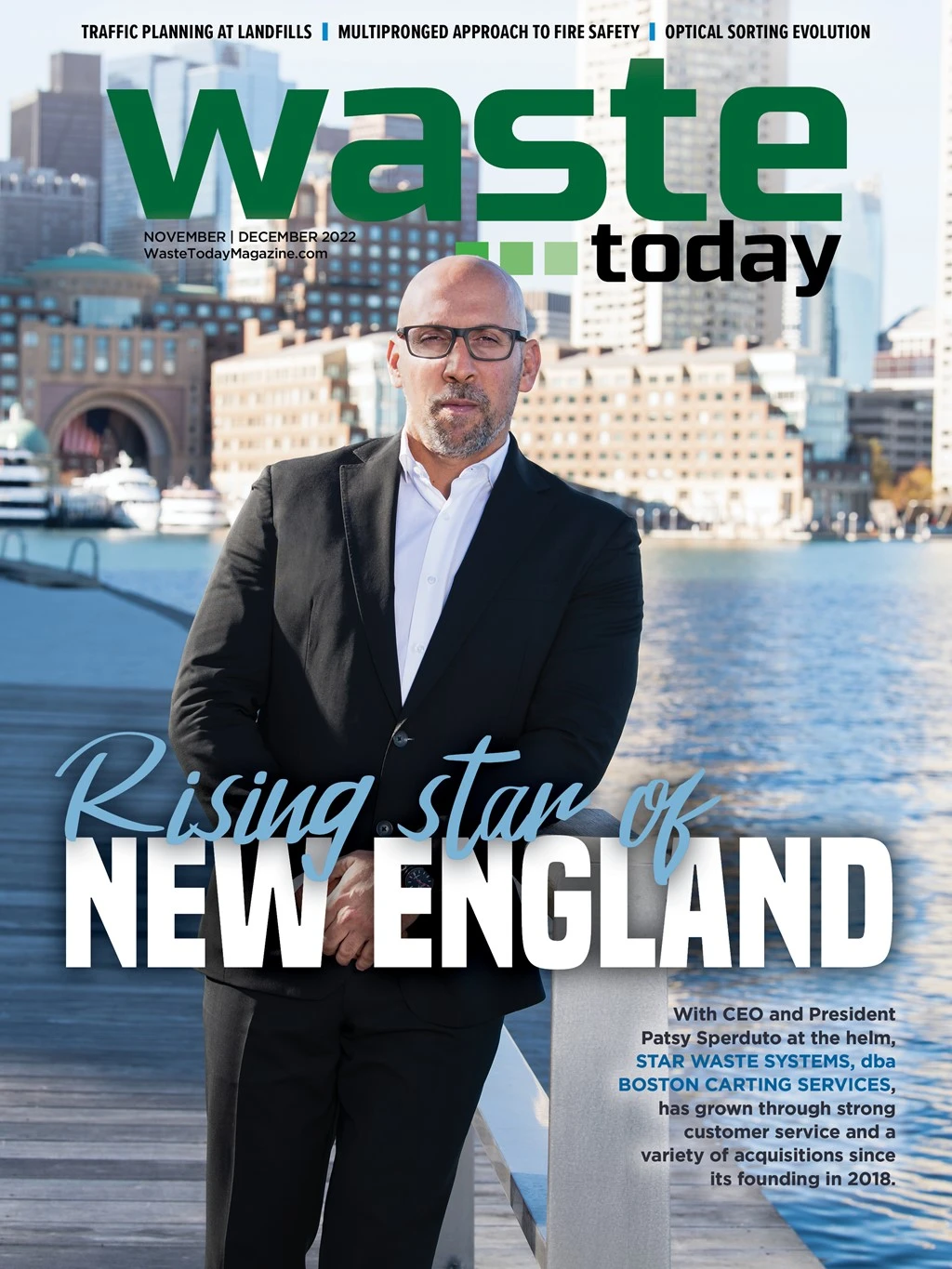
Kore demonstrates WTE technology at Los Angeles facility
Kore Infrastructure, El Segundo, California, has demonstrated its waste-to-energy (WTE) modular system in Los Angeles. The company says the year-long demonstration proves Kore can produce 100 percent renewable energy from organic waste using a closed-loop, carbon-negative process.
Kore also demonstrated the production of its UltraGreen hydrogen, which can be used to decarbonize a variety of industrial applications, including steel manufacturing and ammonia production. The UltraGreen hydrogen also can be upgraded for fuel-cell-powered electric cars, trucks, buses and trains.
The firm says the process produces biocarbon—a solid elemental carbon that can be blended into soil to reduce irrigation and fertilizer costs, improve drought resilience and increase plant yields. Kore says the biocarbon is a “stable form of carbon that will not revert to CO2 [carbon dioxide] or CH4 [methane]; its use sequesters carbon for centuries.”
Companies seeking to reduce their carbon footprints can purchase Kore’s carbon credits through voluntary exchange markets.
“This demonstrates that Kore’s technology is commercially ready and able to scale up to solve the twin problems of reducing waste and increasing access to clean, carbon-negative fuels,” says Cornelius Shields, CEO and founder of Kore Infrastructure. “Our technology is now available to waste, energy and transportation sector leaders to provide a made-in-America, carbon-negative energy solution, creating a supply chain that is emissions-free, sustainable and affordable,” he adds.
Kore’s modular WTE system uses a proprietary pyrolysis process to heat organic waste under high temperatures in a zero-oxygen environment. The process is designed to meet South Coast Air Quality Management District’s ultra-low nitrogen oxides and particulate emissions standards. The facility has been running for one year in Los Angeles, one of the most tightly regulated airsheds in the country.

Explore the November December 2022 Issue
Check out more from this issue and find your next story to read.
Latest from Waste Today
- US Senate backs reduced cuts to EPA
- Waste Connections announces Q2 results
- Returnity and Cosmoprof to address reusable bag waste
- SWANA releases report on aging WTE facilities
- New economic assessment reveals cost benefits of California’s SB 54
- Premier Truck Sales & Rental opens new facility
- TeknTrash Robotics, Sharp Group partner on humanoid robot pilot
- Stadler equips mixed waste sorting plant in Sweden





